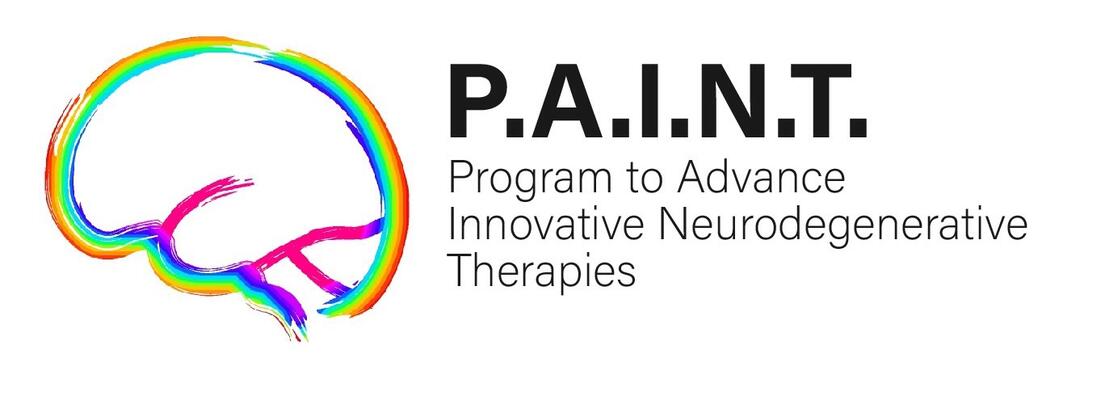Abstract
BACKGROUND: Task-specific dystonia (TSD) is a challenging clinical diagnosis with no objective diagnostic biomarkers.
OBJECTIVE: The objective of this study was to test 2 neurophysiologic variables using transcranial magnetic stimulation as potential diagnostic biomarkers for TSD.
METHODS: We tested (1) cortical silent period (CSP) and (2) dorsal inferior parietal lobule-motor cortex (dIPL-M1) physiologic connectivity in 9 patients with the writer's cramp form of TSD and 12 healthy volunteers on 2 separate sessions.
RESULTS: CSP was significantly prolonged (P < 0.0001) in TSD and could classify TSD with high sensitivity and specificity with areas under the receiver operating characteristic curve (AUCs) = 0.94 and 0.90, respectively, for 2 separate sessions with an intraclass correlation = 0.79. dIPL-M1 interaction was notable for significant motor cortical inhibition in TSD compared with facilitation in healthy subjects (P < 0.0001) and could classify TSD with high sensitivity and specificity with AUCs = 0.96 and 0.86, respectively.
CONCLUSION: CSP and dIPL-M1 physiologic connectivity can classify TSD with high sensitivity, specificity, reproducibility, and reliability.
PubMed


